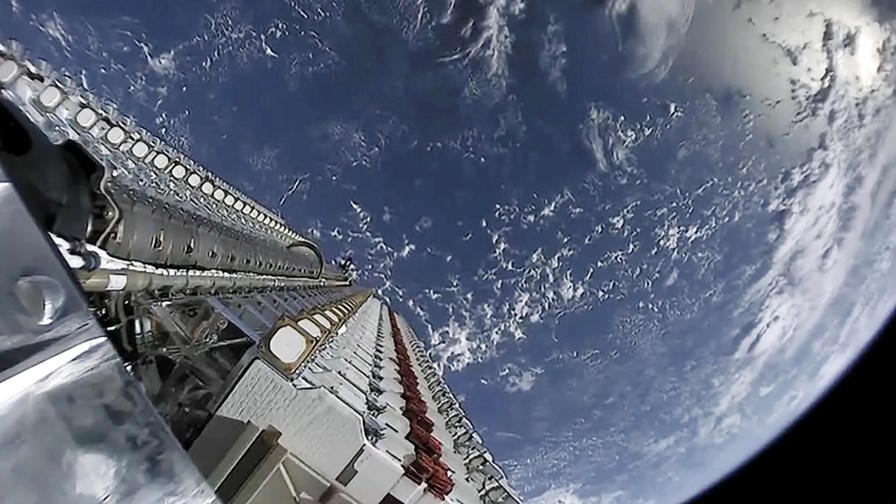
- Low-earth orbit (LEO) satellite connectivity deals are gaining traction
- Now Optus has the hots for the technology
- It will use SpaceX’s Starlink constellation to blanket Australia with mobile coverage
- The agreement mirrors the one brokered between SpaceX and T-Mobile US
Australian telco Optus plans to use SpaceX’s low-earth orbit (LEO) satellites to achieve its ambitious goal of delivering mobile connectivity to each and every part of the sprawling country.
The two companies have sealed an agreement that will see Optus use Starlink, SpaceX’s satellite constellation, to bring mobile service connectivity to every part of Australia – currently, some 60% of the country’s land mass lacks mobile coverage.
The satellite-to-phone coverage will be “extensively tested” before launch, which is set to be completed in a phased manner, with the SMS rollout scheduled to begin in late 2024, and voice and data to be added a year later.
Optus’ managing director for marketing and revenue, Matt Williams, explained that the telco currently provides mobile coverage to 98.5% of Australia’s population. However, he acknowledged there’s more to be done to bring connectivity “everywhere it is needed”, especially in remote and hard-to-reach areas where it is either too costly or impossible to provide terrestrial mobile coverage.
“Our work with SpaceX aims to bring the coverage capabilities of satellites direct to compatible mobile handsets without the need for customers to buy additional equipment”, he explained, adding that connecting satellites to standard mobile phones is a “truly innovative model for Australia”.
The agreement mirrors the one announced almost a year ago between SpaceX and T-Mobile US to enable mobile connectivity in “dead zones” across the US – see T-Mobile US and SpaceX plot to kill mobile ‘dead zones’.
The partnership with SpaceX builds upon Optus’ earlier work on developing satellite-enabled coverage. The company claims to be the only network provider in Australia to own and operate its own fleet of satellites and says it has “the largest fleet of satellites in Australia and New Zealand”, with a total of five geostationary satellites currently operated in space.
“We share Optus’ vision to improve connectivity across Australia. The connectivity pairs SpaceX’s Starlink satellite constellation with Optus’ mobile network to transmit directly to mobile phones across the country,” noted Sara Spangelo, senior director of satellite engineering at SpaceX.
Australia appears to be a very lucrative region for the Starlink team at SpaceX. Less than two weeks ago, the satellite provider announced a partnership with another Australian operator, Optus’s main domestic rival, Telstra, though this was for domestic voice and broadband service delivery rather than mobile services to regular smartphones. Work on this collaboration is close to completion, with testing already finalised and services based on Starlink’s LEO technology expected to launch towards the end of 2023.
Telstra has also been collaborating with OneWeb to provide satellite-based commercial backhaul connectivity, with services expected to start soon, while other major telcos around the world are looking at LEO satellites to deliver expanded service coverage – see Why LEO satellite players are telcos’ new best friends.
- Yanitsa Boyadzhieva, Deputy Editor, TelecomTV




